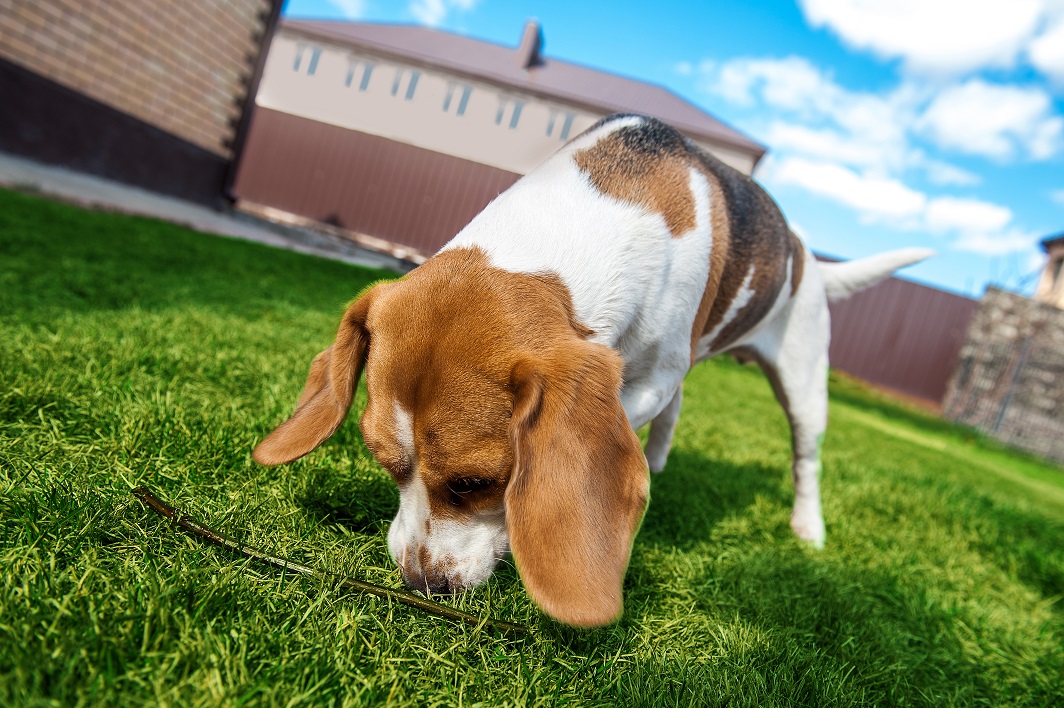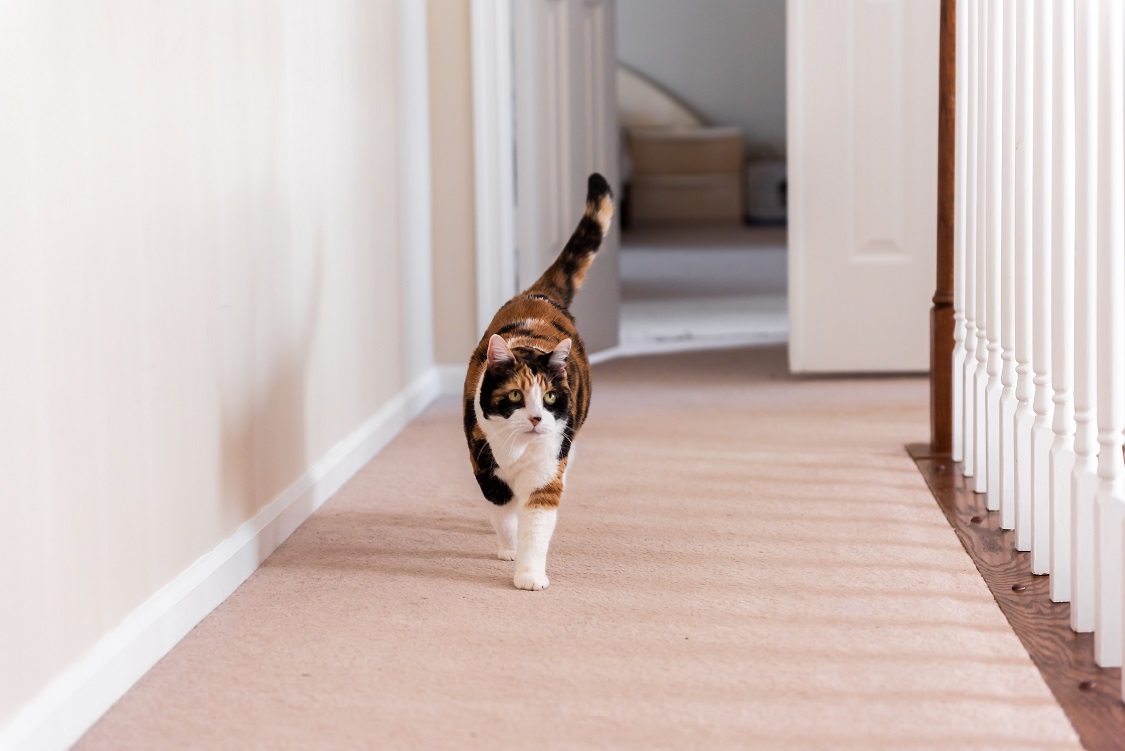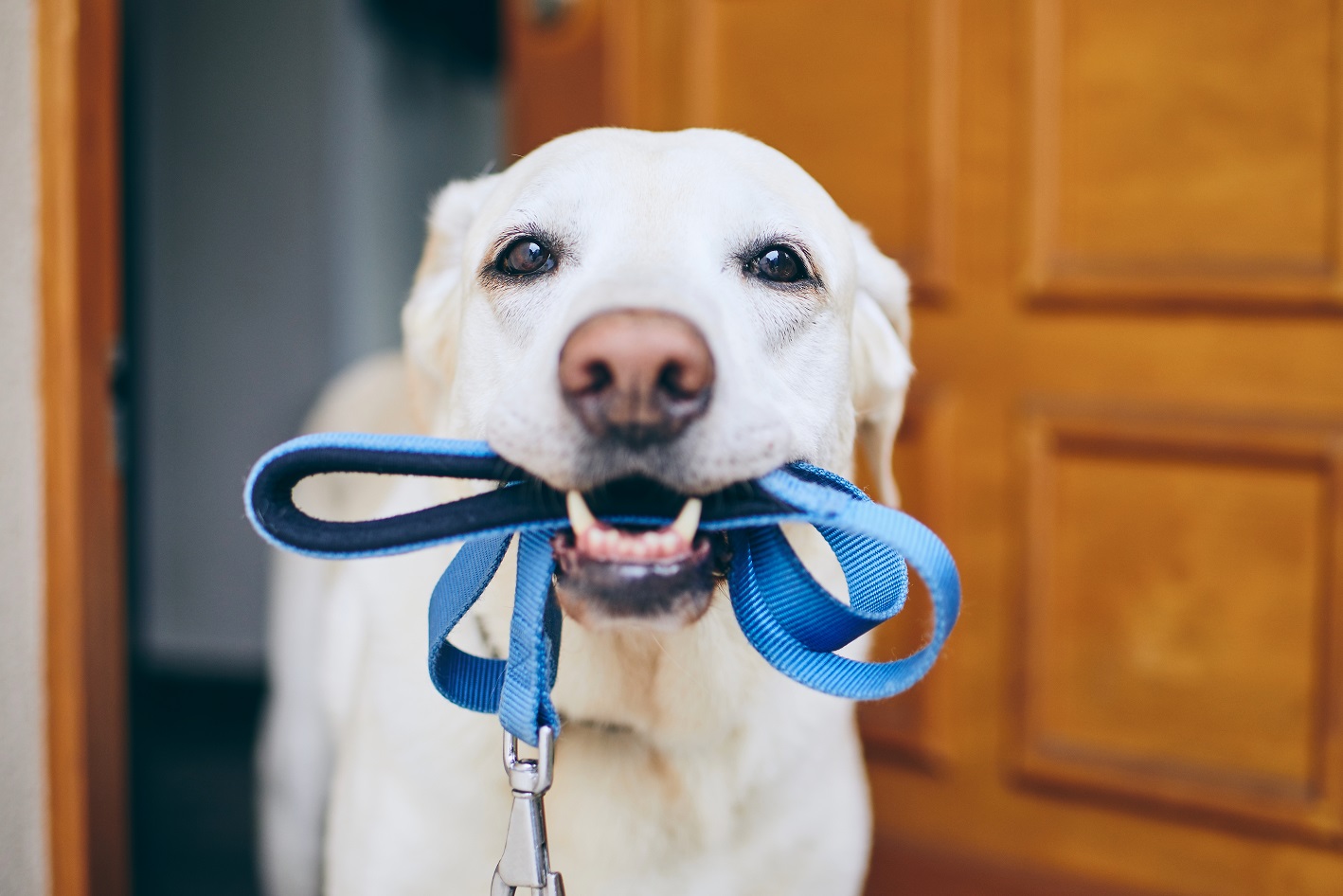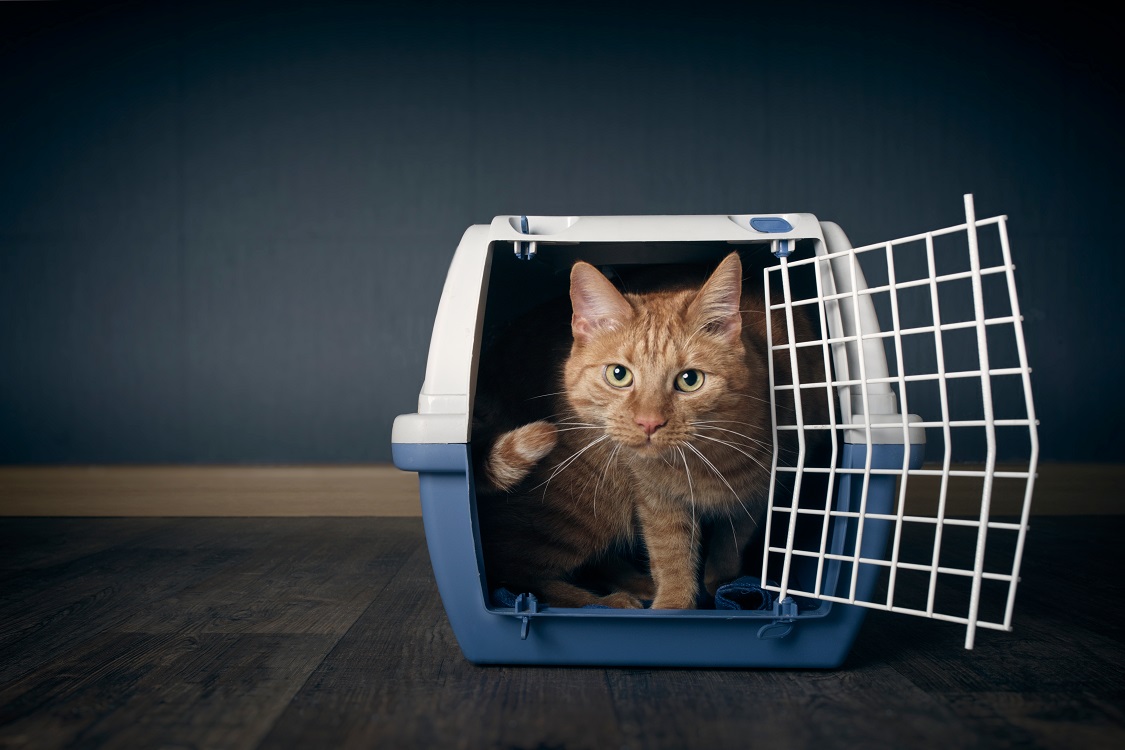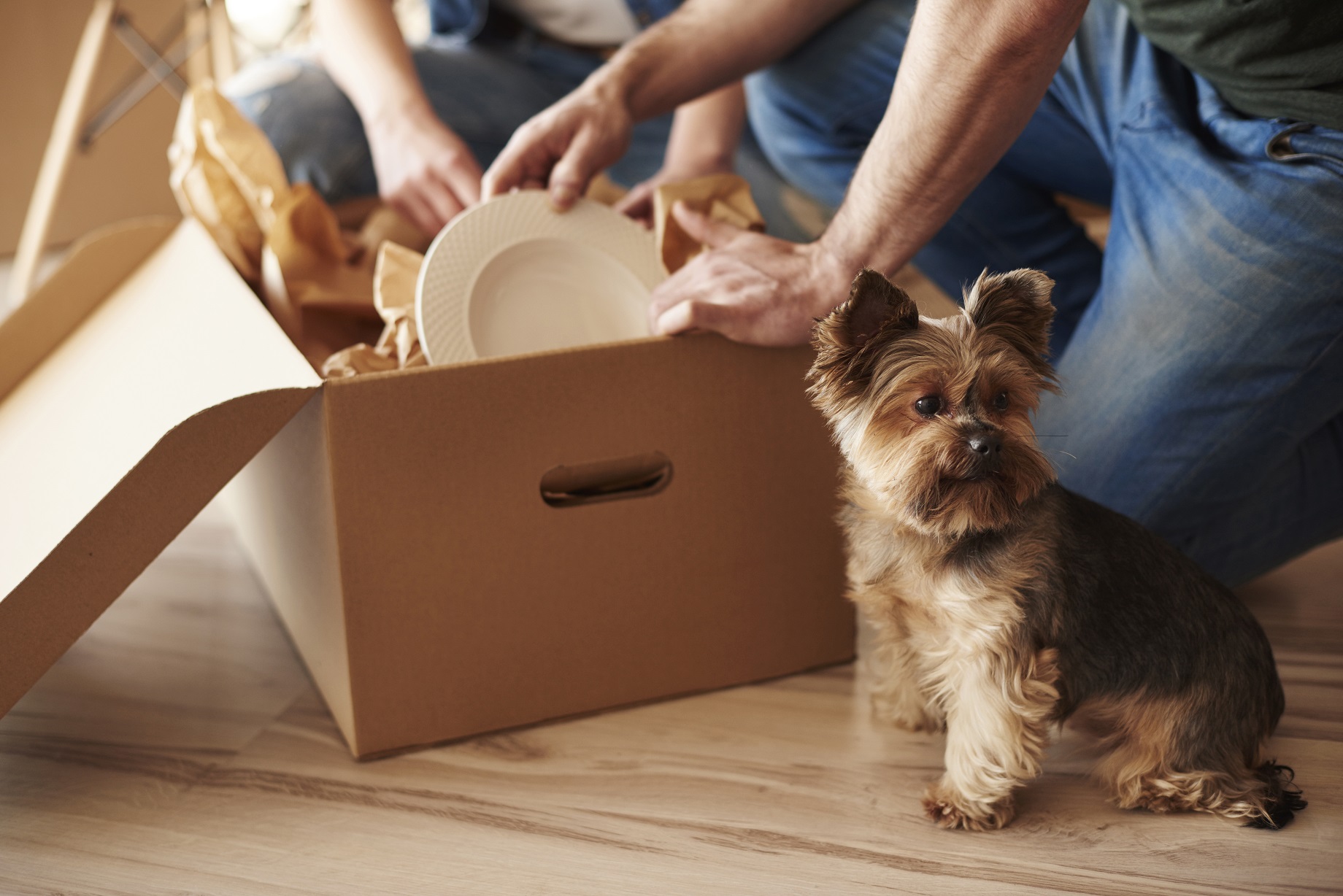Moving is stressful, but it’s often especially stressful for pets. Animals get to know their home as well as the humans they live with, but they don’t know why you’re suddenly boxing up all your things and moving the furniture.
You’ll also want to avoid your pets getting underfoot or climbing on furniture while you’re trying to move it. While this might not seem like a difficult task, even well-behaved animals can feel anxious and behave erratically on moving day.
Before you worry, we have tips to help move house with your pets.
Tip 1: Prepare in Advance
Once you know when you’re moving, you should make a plan for your pets. You should consider introducing your pets to your new home before your move-in day. Giving them the opportunity to sniff around and explore will make transitioning to the new location far easier. If possible, taking them to the new location multiple times will be ideal. Try feeding them in the new location, along with bringing some of their favourite toys and bedding.
If necessary, you’ll also want to introduce your pet to whatever travel carrier you’re utilising for the move. Make sure to have plenty of treats and praise on hand so they’ll associate their carriers with things they like.
All of these things will set your pet up for success, allowing them to associate the new home with positive experiences. If your pet is particularly anxious, however, you may want to consult your vet. Your local veterinarian can advise you about how to best quell your pets’ anxieties about the move.
You’ll also want to take a look at the other tips in this article and make sure you have plans in place for everything.
Tip 2: Pick a Safe Place for Your Pets
In addition to the stress of moving large objects, you don’t want to endanger your removers or your animals. Small and large pets alike can get underfoot, tripping removers or causing people to drop boxes. To avoid this risk, you’ll want to make sure your pets are sequestered in a secure location.
While a secure, fenced-in yard with plenty of water and shade might work for your dogs, it’s rarely an ideal option. Moving house is often an all-day affair, and you don’t want to leave dogs outside for that long.
Instead, try to recruit a pet-sitter or board your pets. With many pet daycares and online pet-sitting apps, you shouldn’t have an issue finding someone to watch your dogs and cats.
If you can’t find anywhere to put your pets, however, you should consider giving them a safe room in the house. Being able to keep them behind a closed door is your next-best option, though having them off the premises entirely is the ideal.
Tip 3: Introduce Your Pets to Your New Home
Even if you’ve introduced your pets to your new dwelling before moving, you’ll likely need to re-introduce them once all the furniture is in place.
For dogs, this process is relatively simple. Most dogs will be very excited to explore their new home. You can introduce them to each room one-by-one. Let them sniff around for however long or short they’d like. Make sure they’re always able to leave whatever room they’re in, and they remain calm and comfortable. If your pet is anxious, it’s especially important to reward their exploration with praise and/or treats.
Cats are a little slower on the uptake. As such territorial animals, they’re generally more stressed about moving. For the first few days, you’ll want to keep them confined to one room. This room should contain their food and water bowls, their litter tray, and all their favorite bedding and toys. Once they become comfortable with this room, you can start introducing them to other rooms.
Be especially careful that your cats don’t escape during this time period. Since they’re unfamiliar with the area, they’re far more likely to get lost or injured.
While your dogs are less likely to run off than an escaped cat, you should still be mindful of the risk. As you introduce your dog to your property and/or neighbourhood, you should—again—let them explore at their own pace. While it’s good to let them lead, however, you’ll probably want to keep them on a leash for these first few excursions—even if you aren’t leaving your property. You never know who or what will wander by. Even if your dog is very friendly, you don’t yet know your neighbours well enough to know if they’ll react well to your animal.
Tip 4: Keep Up Their Routine
While your routine will likely experience some changes during your move, you want to try and keep your pets’ as close to the same as possible. Try to keep feeding and walking them at the same time.
If your pets don’t already have a routine, you might want to introduce one before you begin moving house. This routine will quickly become a source of comfort post-move, and will help ease the transition.
Tip 5: Keep an Eye Out for Anxiety
Even if you do everything right, there’s a chance your pet will feel more anxious than expected. Try to keep an eye out for signs of anxiety so you can intervene before your pet experiences undue stress. Fortunately, most pets demonstrate their stress with behaviour and body language; once you learn the signs, their feelings are easy to gauge.
Dogs
Signs of anxiety in dogs include…
- Aggression
- Depression
- Destructive behaviour
- Drooling
- Excessive barking/whining/howling
- Pacing
- Panting
- Repetitive or compulsive behaviours (e.g. licking or chewing one spot repetitively, circling incessantly, rhythmic barking, et cetera)
- Restlessness
- Urinating or defecating in the house (in already house-trained dogs)
Cats
Signs of anxiety in cats include…
- Aggression
- Avoiding eye contact
- Crouching and leaning away
- Ears partially to the side
- Fully dilated pupils
- Hair standing up
- Holding their ears back
- Holding their tail close to their body
- Increased dilation of the pupils
- Increased respiratory rate
- Staring at whatever’s making them anxious or at seemingly nothing
- Trying to escape or freezing in place
Other animals
Every species has unique anxiety behaviours—some more obvious than others—so make sure you research your pet’s responses to anxiety and familiarise yourself with them.
Once you learn these behaviours, keep an eye out for them. If you notice any anxiety behaviours, you can make changes to better accommodate your pets.
Conclusion
Moving day is difficult enough without pets. With your furry family members in the mix, you’ll want to make sure they’re well cared for. Plan ahead, keep them calm, and introduce them to your new property properly.
Once your pets’ needs are cared for, you’ll need to make sure your needs are met, too. If you need expert help loading, unloading, and transporting all your furniture and boxes, contact our team of expert removalists today!


